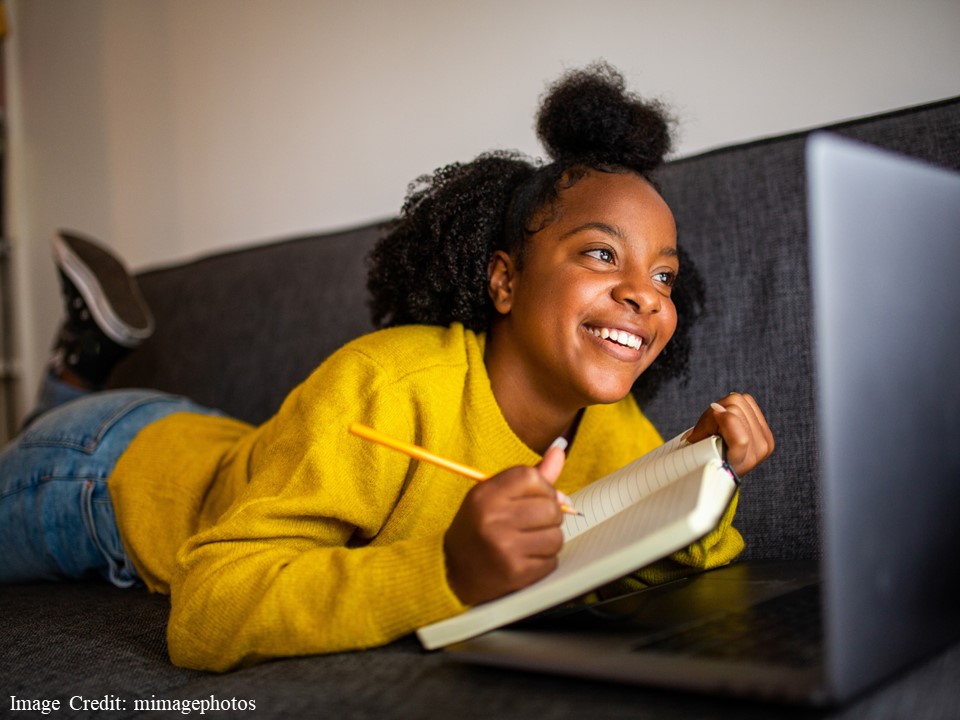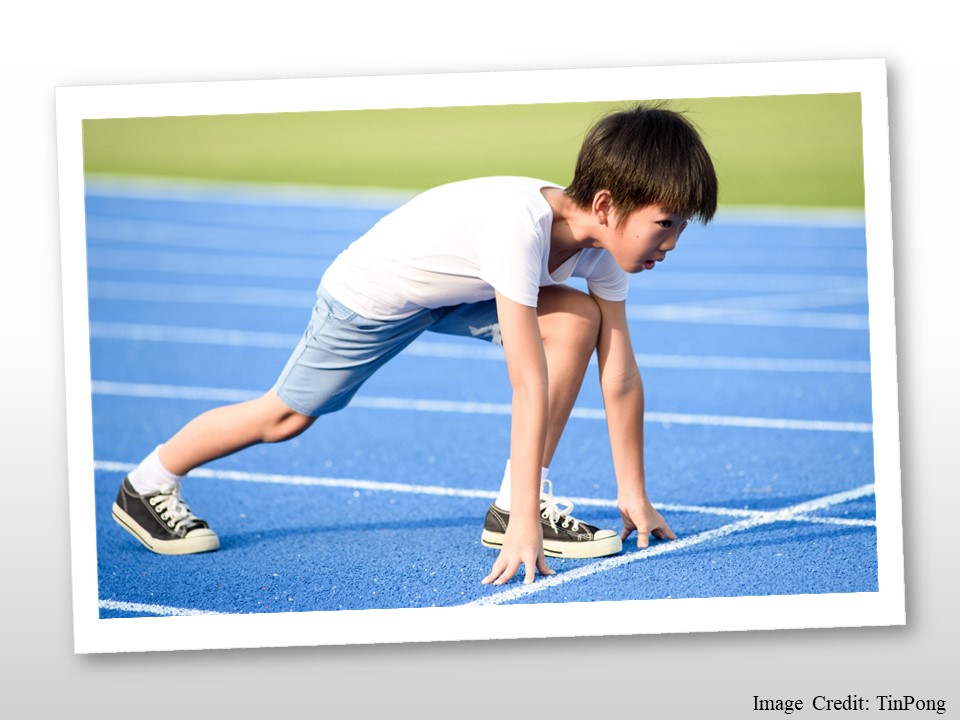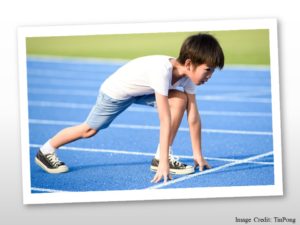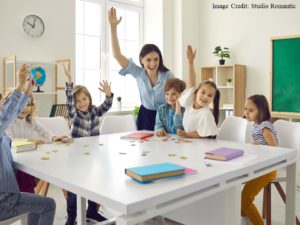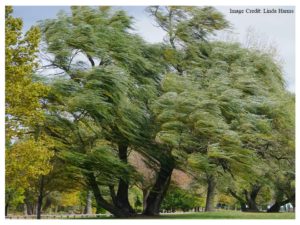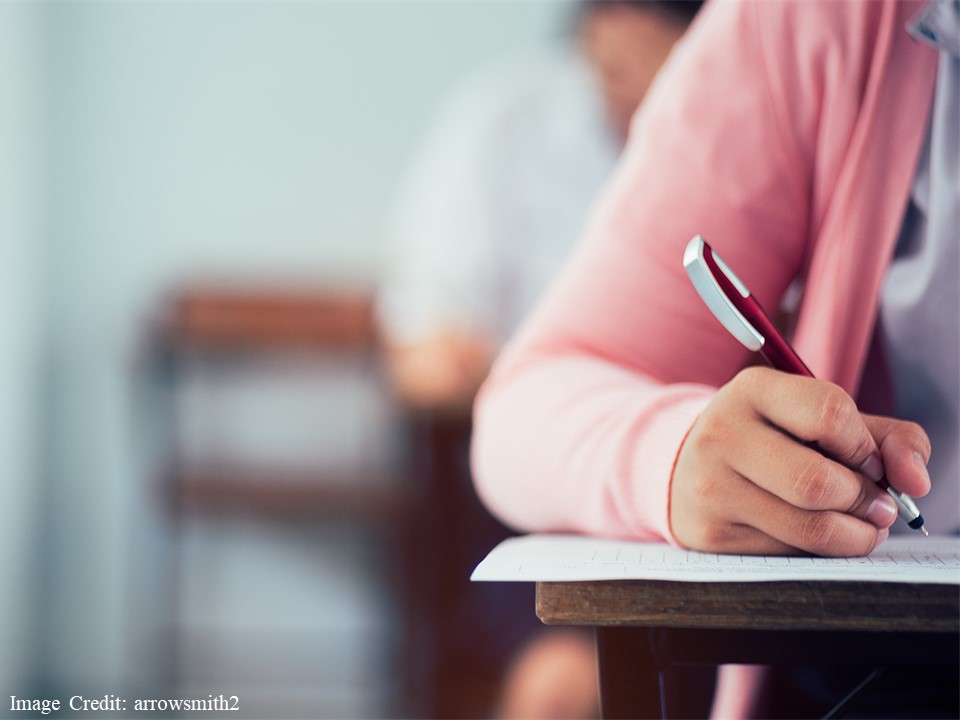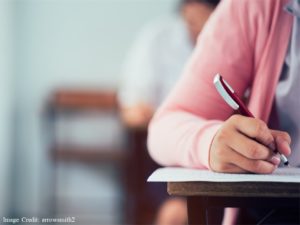Some research-based teaching advice requires complex rethinking of our work.
For instance:
We know that “desirable difficulties” like spacing and interleaving help students learn. At the same time, this strategy might require a fair amount of reorganization in our unit plans.
On the other hand, today’s suggestions could hardly be simpler. They go like this:
First: encourage students to use a straightforward self-talk strategy (see below).
Second: remind them frequently.
The likely result; they’ll learn more!
The First Step: A Self-Talk Strategy
Our students often know what they should do. But, they struggle to make themselves do it.
So many plausible excuses. So many reasons NOT to follow through!
Over two decades ago, researchers devised a remarkably simple way to redirect those excuses: “if-then” statements.
The strategy goes like this:
The student starts by setting a goal.
“I want to read 15 pages of the novel.”
She then lists the likely problems that could interfere with that goal.
“My dog could distract me.”
“I could get bored.”
“I could get a text.”
Next, she lists solutions to those likely problems — phrased as “if-then” statements.
“If my dog distracts me, then I’ll ask my brother to play with him.”
“If my phone buzzes, then I’ll turn it off and give it to my parents.”
We have good research suggesting that this “if-then” structure creates highly beneficial mental shortcuts.
At the moment of distraction, the student doesn’t have to decide what to do. She has already decided; she simply has to execute the plan she made for herself.
This strategy sounds too simple to work. But, we’ve got good research suggesting it does.
A Second Step: Well-timed Reminders
So far, this strategy could hardly be simpler. Students set goals, make “if-then” plans, and get to work.
A recent study asks a useful question: how often should teachers remind students about these “if-then” plans?
Here’s a useful analogy:
When you take a medication, you probably don’t take all of it all at once. Instead, you probably take one pill a day — or something like that. The whole course of medication is divided into doses.
Well, should teachers divide this strategy into doses? Does it matter how often we prescribe this study “medication”?
Researchers, led by Dr. Jasmin Breitwieser, explored these questions with medical students in Germany.
The details of the study get complicated quickly. But the headlines go like this:
Students in the control group set daily study goals, but did not make if-then statements.
Students in the study group also set daily goals, and “internalized” this statement:
If I am thinking about stopping [before I reach my goal], then I will tell myself that I will continue to answer questions until I have reached my intended workload!
Students in this second group got reminders on various schedules — as many as 3 days in a row, and as many as 3 days without a reminder.
So: what did the researchers find?
Results Please
First: Breitwieser’s team found that students who made the if-then commitments scored higher on the exam than those who didn’t. *
Second — an this is the big news: dosing mattered.
When students got several reminders in a row, they reached more of their goals.
When those same students got no reminders for 3 days in a row, they reached less of their goals.
In other words: if-then statements help students achieve — especially if they recommit to them frequently.
Teaching Implications
Teachers really struggle to help students find motivation in their school work.
This if-then strategy provides a remarkably simple way to help students achieve their own goals.
So, suggestion #1: teachers should take time to help students formulate these if-then statements.
Suggestion #2: one dose isn’t enough. We should have students return to these plans frequently.
The exact schedule will depend, I suspect, on your specific circumstances. It will be different for 1st graders, 5th graders, and 9th graders. It will be different depending on your school and your culture, and perhaps even your approach to teaching.
Based on other research pools, I suggest that the reminders be relatively frequent, but unpredictable. We don’t want our students going through this process by rote; they should engage with it as earnestly as possible each time.
If we get the dosing right, this simple strategy can help our students study more effectively — and therefore learn more.
* The difference was quite small: only 2 points. However, and this is a big however, the researchers worked with medical students preparing for a high-stakes exam. They are already highly successful and highly motivated students. I suspect we’ll see more dramatic effects for other groups of students.
Breitwieser, J., Neubauer, A. B., Schmiedek, F., & Brod, G. (2021). Self-regulation prompts promote the achievement of learning goals–but only briefly: Uncovering hidden dynamics in the effects of a psychological intervention. Learning and Instruction, 101560.




